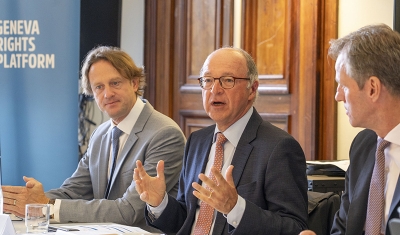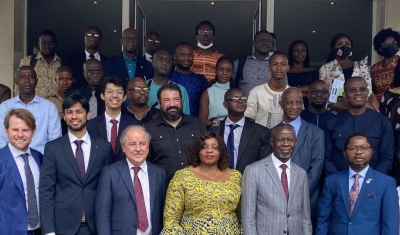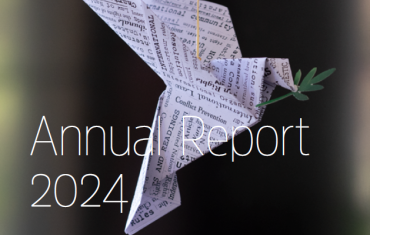The UNDROP recognizes the right to land and other natural resources for non-indigenous people and communities for the first time in international human rights law. It also provides that this right can be exercised individually and/or collectively.
On 17 December 2019, a number of UN special procedures and members of UN treaty bodies called for more accountability mechanisms to ensure UNDROP’ implementation. They committed to protecting the rights enshrined in the UNDROP, and they underlined that special measures shall be taken by states and other stakeholders to protect human rights defenders of land, environment and natural resources – who are the first victims of criminalization, intimidation and attacks against their physical integrity and life – and that their safety must be prioritized and protected via all available mechanisms.
In 2019 and 2020, the UN Human Rights Committee and the Interamerican Court on Human Rights referred to the UNDROP to protect the right to land in two important cases.
‘All human rights mechanisms should follow these examples, and make duty bearers accountable in cases of violations of the right to land and other natural resources. Civil society organizations and lawyers can also be instrumental in supporting peasants and other people working in rural areas in their claims, and in convincing human rights mechanisms to take steps to protect the rights enshrined in the UNDROP’ stresses Dr Golay.








